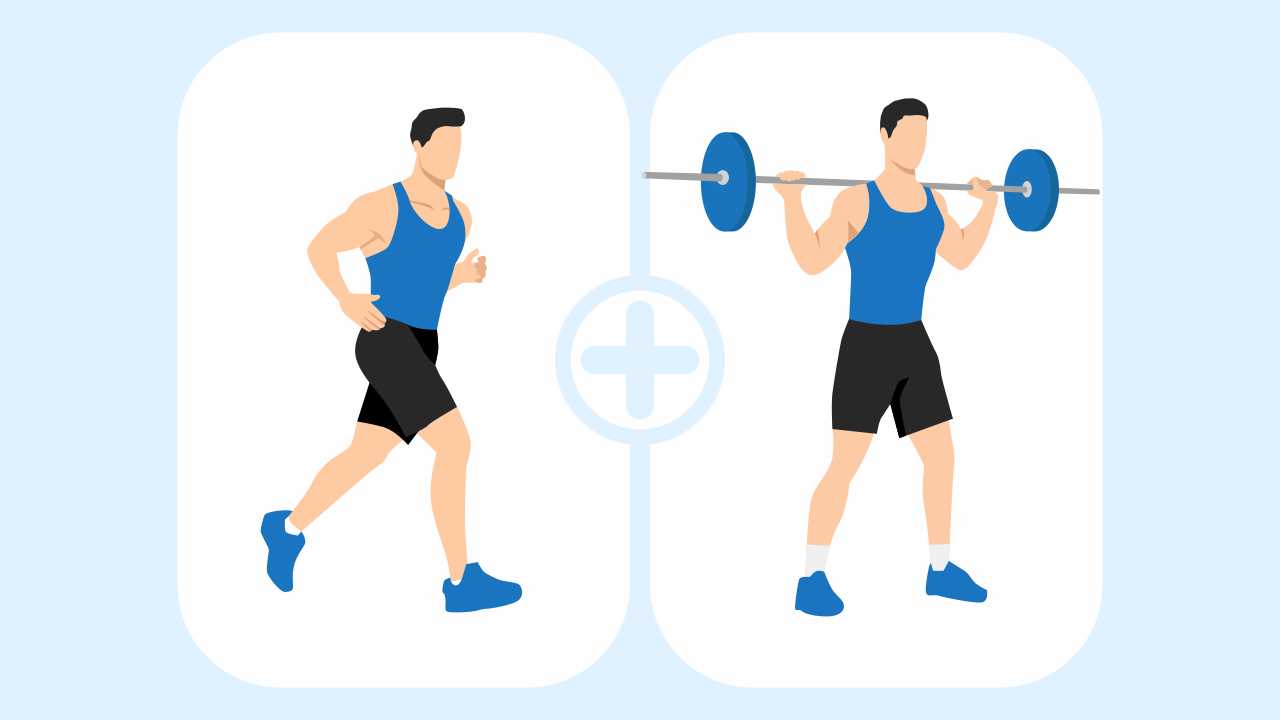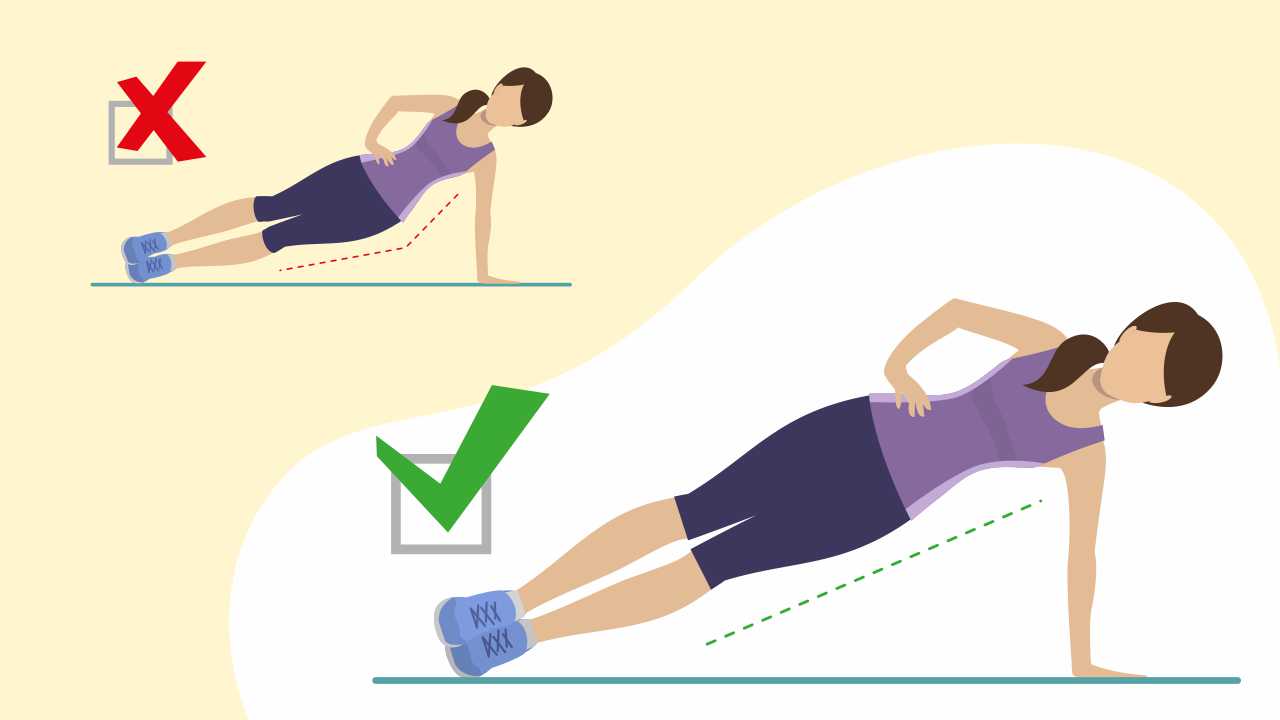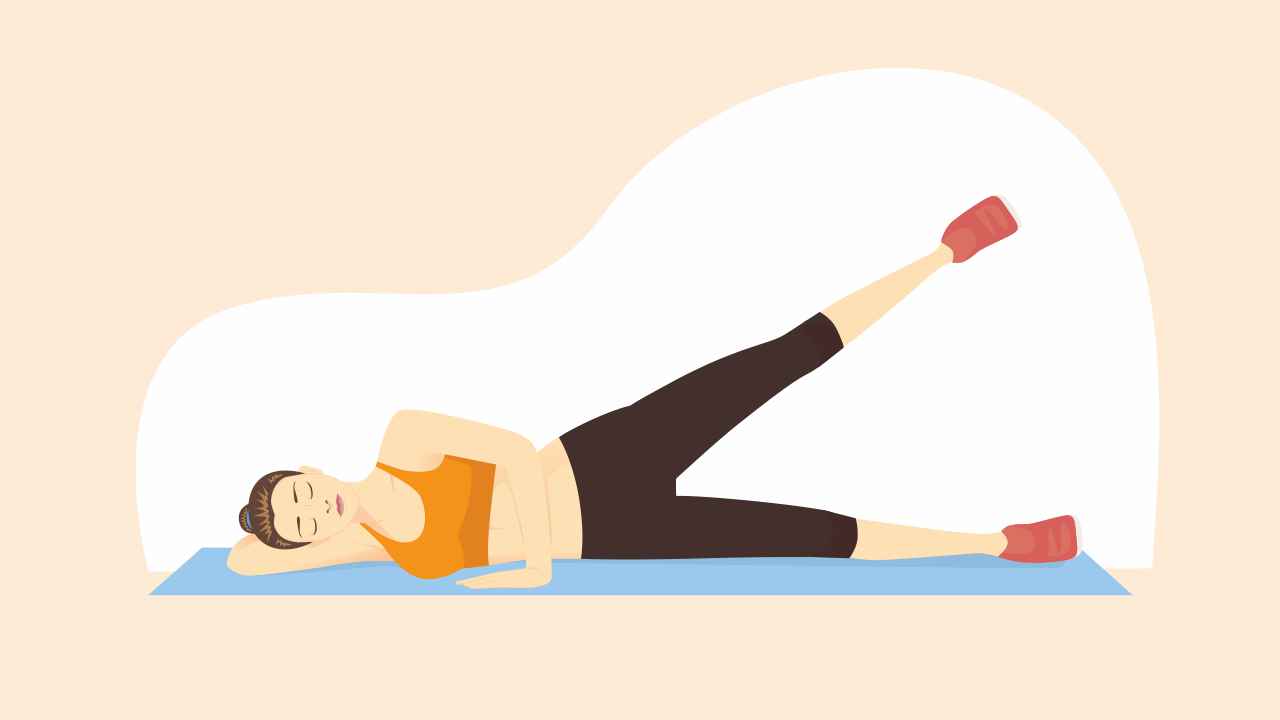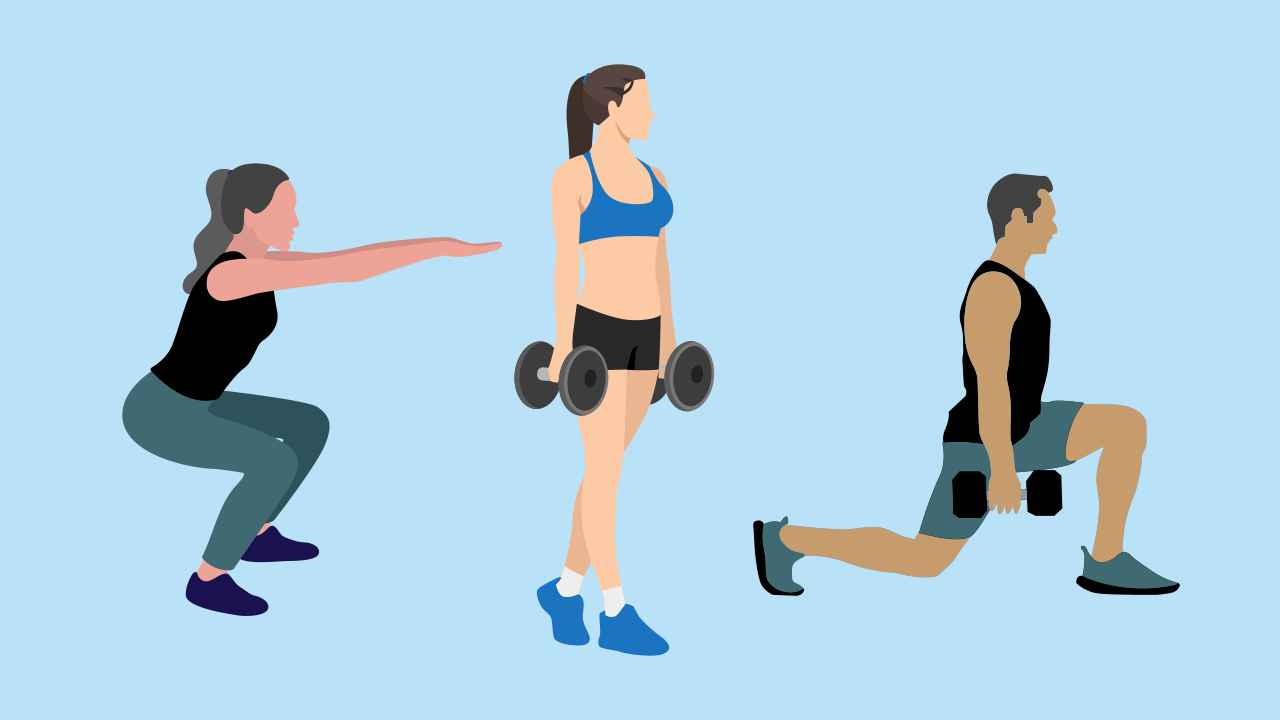
Strength Training for Women and Its Effect on Hormones
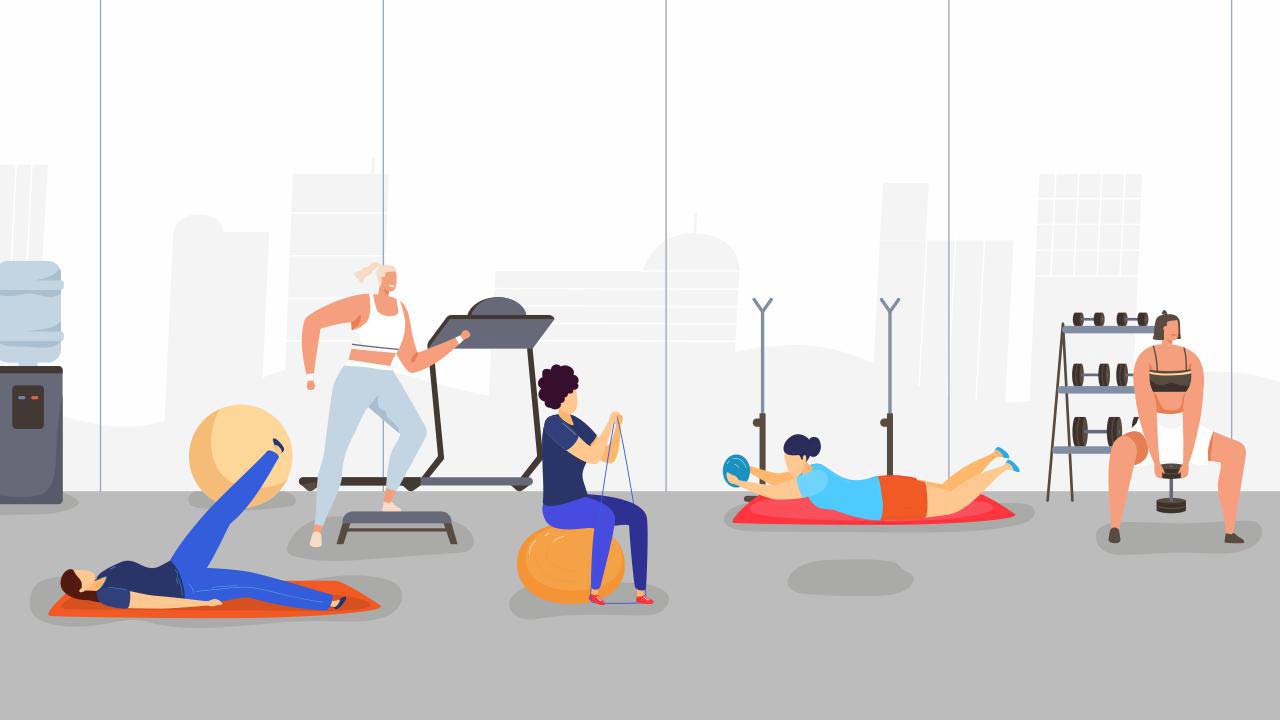
Strength training is considered to be an important component of any exercise regimen. Along with improved aesthetics, it increases bone density and metabolism, strengthens muscles, and improves sports performance. However, strength training is not often looked at through the gender lens. While there has been much talk about how it helps men, it’s time now to swing the conversation towards benefits of strength training for women and its effect on hormones.
How does strength training benefit women?
Some benefits of resistance training are the same for both men and women — think increased metabolism and lean muscle mass/ strength, stronger bones, and improved mood. However, there are several hormonal benefits of resistance training that are unique to women. A 2002 study found that when women performed endurance and strength training sessions, they had increased levels of testosterone, estradiol, growth hormone, and dehydroepiandrosterone, as compared to when they did not. These hormones are related to bone and reproductive health.
Does strength training make women bulk up?
This is a common misconception. Bulking up or putting on a substantial amount of muscle mass, regardless of gender or genetics, requires a significant and focused effort.
Also read: Strength Training for Women: Let’s Bust Some Myths
For example, during a mass-building phase, competitive bodybuilders will typically focus on training just one to two body parts every day, lift very heavy weights for low repetitions, eat a huge amount of calories including protein, and largely shun any type of cardiovascular exercise. As you see, this is hardly the routine for anyone who works out regularly to maintain a healthy lifestyle.
The primary hormone responsible for muscle growth is testosterone — a naturally occurring steroid. Men produce 10 to 20 times more testosterone than women. This is largely the reason why on average, the former have more muscular bodies. So, unless a woman follows a training program designed for a bodybuilder, it is highly unlikely that she will “bulk up” by performing a strength training program
In fact, it’s possible that her overall girth measurements would reduce due to the increased metabolism fueled by strength training.
Strength training protocol for women
Growth hormone or hGH (somatotropin), also known as the human growth hormone, is a protein that stimulates muscle repair and growth. hGH is stimulated during strength training. And specifically, when lifting heavy weights with short durations between exercise sets (less than two minutes). Chronic increases of hGH are the result of long-term strength training versus one-off exercise sessions.
During the first half of the menstrual cycle (follicular phase), more estrogen than progesterone is present in a woman’s body. Estrogen is a protein anabolic hormone (prevents breakdown of protein). It encourages the body to use glucose as the source of energy and also stores glycogen in the muscle. A higher carbohydrate diet is recommended during this phase. Endurance exercises are recommended during this time since these exercises require glycogen as the main source of energy.
During the second half of the menstrual cycle (luteal phase), the body has more progesterone than estrogen. Since progesterone promotes breakdown of protein, a high protein diet is recommended during this phase of the menstrual cycle. . As such, The daily recommended protein intake for women is 0.8 g/kg body weight. However, strength training requires more protein. A protein intake of 1.4 g/kg-1.8 g/kg is recommended for performing resistance exercise. Although 1.0 g/kg of protein is generally sufficient for endurance athletes.
Strength training is as important and valuable for women as it is for men. However, being cognizant of misconceptions and periodizing one’s strength training program with one’s menstrual cycle will likely help you optimize your workout regimen.
References
1. Copeland JL, Consitt LA, Tremblay MS. Hormonal responses to endurance and resistance exercise in females aged 19-69 years. J Gerontol A Biol Sci Med Sci 2002; 57: B158–65.
2. Lacke S. Why Men and Women Shouldn’t Follow the Same Strength Plan. Triathlete. 2019; published on Nov 19. https://www.triathlete.com/training/why-men-and-women-shouldnt-follow-the-same-strength-plan/ (accessed Mar 24, 2021).
3. Aoi W, Naito Y, Yoshikawa T. Exercise and functional foods. Nutr J 2006; 5: 15.
4. Bowman K, Rose J. Estradiol stimulates glycogen synthesis whereas progesterone promotes glycogen catabolism in the uterus of the American mink (Neovison vison). Anim Sci J 2017; 88: 45–54.
5. Protein intake for optimal muscle maintenance. American College of Sports Medicine. https://www.acsm.org/docs/default-source/files-for-resource-library/protein-intake-for-optimal-muscle-maintenance.pdf (accessed Mar 24, 2021).





